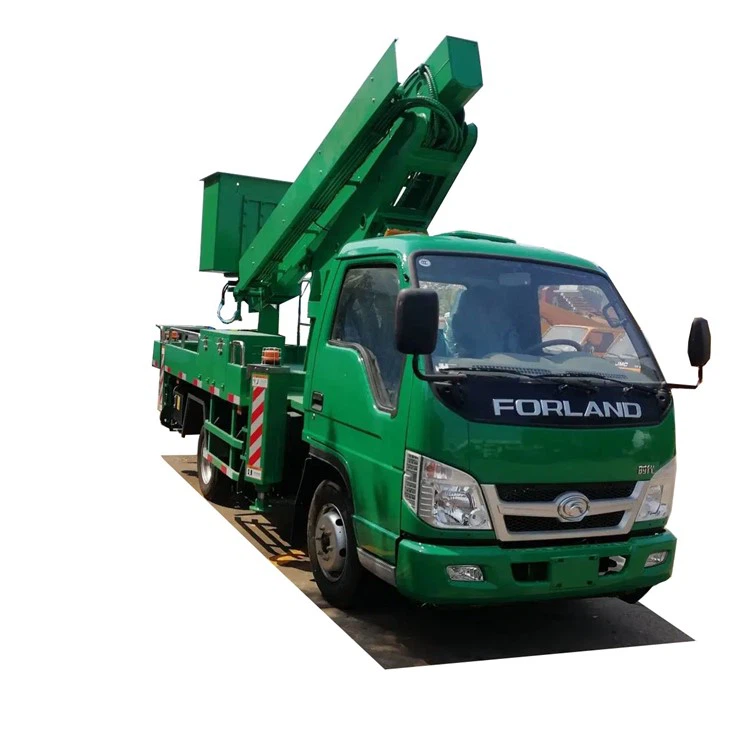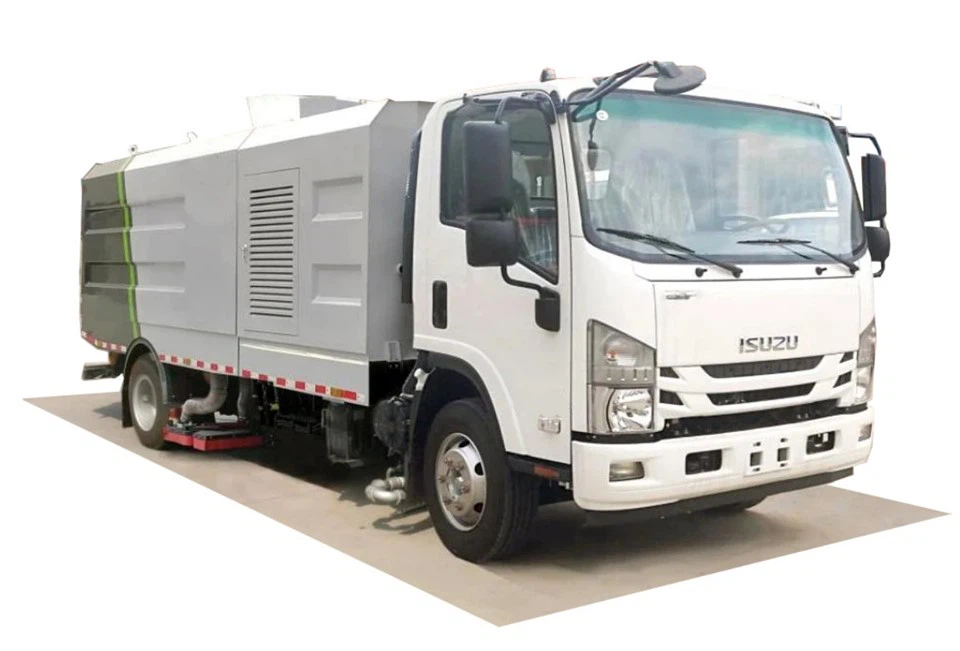Understanding the 548 Axle: Everything You Need to Know

The 548 axle is an essential component in various vehicles, particularly in trucks and heavy machinery. It plays a critical role in ensuring performance, safety, and reliability. This article aims to provide an in-depth understanding of the 548 axle, its specifications, applications, advantages, and maintenance practices, thereby serving as a comprehensive guide for anyone interested in this subject.
What is a 548 Axle?
The 548 axle refers to a specific type of axle primarily used in commercial trucks and heavy-duty vehicles. It is designed to handle significant loads and provides excellent stability and durability. The 548 designation typically indicates certain specifications regarding its size, load capacity, and axle configuration.
Types of Axles
Axles come in various types, each serving different purposes in vehicle design. Here are the main types of axles relevant to the 548 axle:
- Driving Axles: These axles transmit power from the vehicle’s engine to the wheels, enabling movement.
- Non-Driving Axles: These support the vehicle’s weight but do not receive power from the engine.
- Single Axles: A single axle setup is common in lighter vehicles.
- Dual Axles: Often employed in larger trucks, dual axles can handle heavier loads.
Specifications of the 548 Axle
Load Capacity
The load capacity of the 548 axle can vary depending on the design and materials used, but it generally supports a substantial weight. For example, many 548 axles have a load capacity ranging from 10,000 to 20,000 pounds.
Dimensions
The dimensions of the 548 axle are crucial for compatibility with various vehicles. Typically, these axles measure between 75 to 100 inches in width—this range allows for different vehicle sizes and configurations.
Common Configuration Options
| Configuration | Load Capacity (lbs) | Width (inches) |
|---|---|---|
| Single Axle | 10,000 | 75 |
| Tandem Axle | 20,000 | 100 |
Applications of the 548 Axle
The 548 axle is widely used in various applications due to its strength and reliability. Here are some primary applications:
Commercial Trucks
In the trucking industry, the 548 axle is often used in medium to heavy-duty trucks, enabling them to transport cargo safely and efficiently.
Construction Equipment

Construction machinery such as excavators, bulldozers, and articulated trucks also utilize the 548 axle, allowing for significant loads and durability on rugged terrain.
Advantages of Using a 548 Axle
Utilizing a 548 axle presents several advantages, making it a favored choice in the industry:
Enhanced Stability

The design of the 548 axle provides exceptional stability, particularly when carrying heavy loads. This stability minimizes the risk of tipping or losing control during transport.
Durability
Constructed from high-strength materials, the 548 axle is built to withstand the rigors of heavy use, reducing the frequency of replacements and repairs.
Improved Load Distribution
The configuration of the 548 axle promotes better weight distribution, which is essential for vehicle balance and performance.
Maintenance Tips for the 548 Axle
Proper maintenance of the 548 axle is crucial for lasting performance and safety. Here are some practical tips:
Regular Inspections
Conduct regular inspections, focusing on signs of wear and tear, including cracks or corrosion. Checking the axle’s alignment can also prevent future issues.
Lubrication
Consistent lubrication is key to preventing friction-related damage. Ensure all bearing points are well-lubricated to extend the axle’s lifespan.

Tire Maintenance
Maintain proper tire pressure and perform regular tire rotations. Uneven tire wear can indicate axle misalignment and affect overall vehicle performance.
Frequently Asked Questions (FAQs)
What vehicles commonly use the 548 axle?
The 548 axle is primarily found in medium to heavy-duty commercial trucks and construction equipment.
What should I look for in a 548 axle when buying?
When purchasing a 548 axle, consider its load capacity, dimensions, and material quality to ensure it meets your vehicle’s specifications.
How often should I maintain my 548 axle?
Regular maintenance should be performed at recommended intervals, generally every 6 months or upon reaching significant mileage, to ensure optimal performance.
Can I replace a 548 axle myself?
While it’s possible to replace a 548 axle yourself, it requires mechanical expertise and the right tools. It’s advisable to consult a professional when dealing with axle replacements.
What are the signs of a failing axle?
Common signs of a failing axle include unusual noises, vibrations, difficulty steering, or uneven tire wear. Addressing these issues promptly is crucial for safety.
Is the 548 axle compatible with other vehicles?
Compatibility depends on the specific vehicle design and axle configuration. Always consult the manufacturer or a mechanic to ensure proper fitment.
